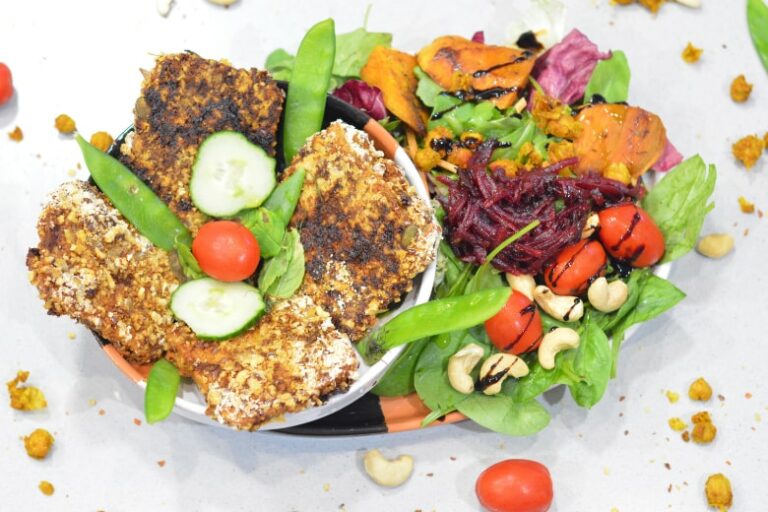Introduction to Maltese Cuisine
Maltese cuisine is a reflection of the island’s rich history and culture. It is a combination of Mediterranean, North African, and Arabic influences, which have resulted in a unique flavor profile. Maltese cuisine is characterized by fresh Mediterranean ingredients, bold flavors, and rustic simplicity. The cuisine is known for its hearty stews, fresh seafood, and traditional pastries.
Historical and Cultural Influences
The history of Malta dates back to thousands of years, and the island has been inhabited by various civilizations, including the Phoenicians, Romans, Arabs, and the British. Each of these civilizations has left a distinct influence on Maltese cuisine. The Arabs introduced almonds, spices, and the use of honey in cooking. The Sicilians brought the tradition of pasta, and the British introduced tea and other English dishes.
Common Ingredients in Maltese Cooking
Maltese cuisine uses fresh, seasonal ingredients, such as fish, shellfish, rabbit, pork, and vegetables. The island’s fertile land and mild Mediterranean climate provide a bountiful supply of fresh fruits and vegetables. Some common ingredients used in Maltese cooking include tomatoes, garlic, onions, olives, capers, and a variety of herbs, such as parsley, basil, and oregano. The use of fresh herbs and spices is an essential component of Maltese cuisine, and they are used to create the distinct flavor profile of Maltese dishes.
Dietary Restrictions and Considerations
Maltese cuisine is generally not suitable for people who follow a strict vegan or vegetarian diet. The island’s traditional dishes typically contain meat, fish, or dairy products. However, there are some vegetarian options available, such as the popular Maltese dish, Kapunata, which is a vegetable stew made with tomatoes, onions, and a variety of vegetables.
People with dietary restrictions should also be aware of the use of wheat and gluten in Maltese cuisine. Many Maltese dishes contain wheat-based ingredients, such as bread, pasta, and pastry. It is essential to communicate your dietary restrictions with the restaurant or chef to ensure that your meal is prepared to your requirements.
Vegetarian and Vegan Options
Although Maltese cuisine is not known for its vegetarian and vegan options, there are some dishes that cater to these dietary requirements. Besides Kapunata, other vegetarian options include Gbejniet, a Maltese cheese made from sheeps’ milk, and Bigilla, a dip made from mashed broad beans.
For vegans, the options are more limited, but it is still possible to enjoy Maltese cuisine. Most restaurants will be happy to accommodate vegan requests and can adapt traditional dishes to suit vegan preferences.
Conclusion and Final Thoughts
Maltese cuisine is a reflection of the island’s rich history and culture. Its unique flavor profile is a combination of Mediterranean, North African, and Arabic influences. Although Maltese cuisine is not known for catering to vegetarian and vegan diets, there are still some options available. It is essential to communicate any dietary restrictions with the restaurant or chef to ensure that your meal is prepared to your requirements. With its fresh ingredients, bold flavors, and rustic simplicity, Maltese cuisine is a must-try for any food lover.

